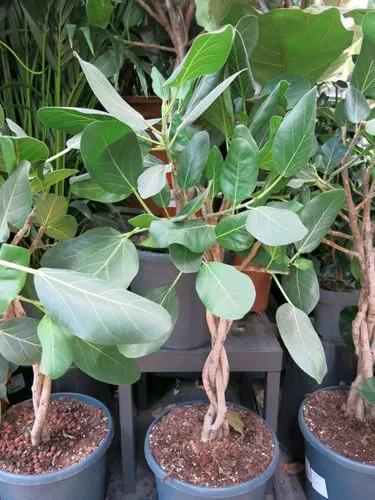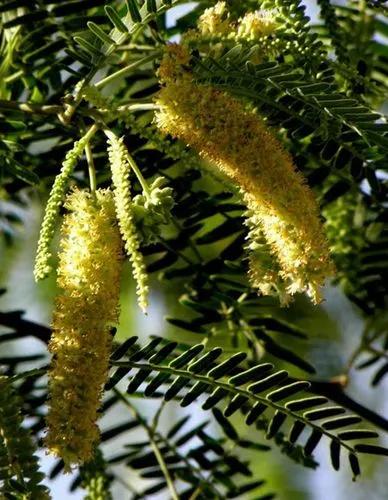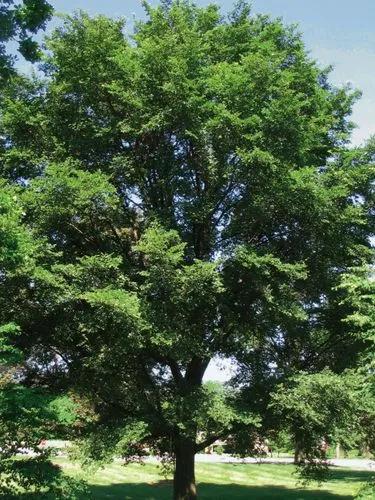Clusia is a large genus of trees and shrubs native to tropical America. It is characterized by its branches, which grow horizontally, and its leaves, which are thick and tough. The only commonly grown Clusia plant is the autograph tree.
Clusia Rosea Care
Clusia rosea



There are about 150 Clusia species, but Clusia rosea, or the autograph tree, is the only one commonly grown. It is notable for its tendency to grow on top of and strangle other plants. It is an invasive species. Another unusual quality, this species is part of the only genus of plants capable of absorbing carbon dioxide at night. The tree has stiff, dark green or olive colored leathery leaves that grow to about 8 inches long. These leaves are tough enough that they can be carved into, hence the common name “autograph tree.” It also blooms pink or white flowers in long flower heads during the summer and small green fruits that ripen to black and eventually split open to reveal bright red seeds. These seeds are very attractive to birds and other fauna.
How to Care for the Plant

Water

Clusia rosea prefers to be kept in consistently moist conditions, but it won't tolerate being overwatered. You should water your clusia thoroughly once a top 2.5 - 5 cm or 1-2 inches of soil have dried out. Continue to add water until water flows out of a bottom drainage holes.

Pruning

Trim out dead and damaged leaves any time, pinching off or cutting off each of those leaves at its base. Avoid cutting into a plant's main stems or its crown, which is where its leaves and roots meet.

Fertilizer

Use a 5-10-10 blend or 10-10-10 fertilizer diluted to 1/4th strength.

Sunlight

Avoid placing them under the full direct sun.

Soil

Loam soils are best for plant growth because sand, silt, and clay together provide desirable characteristics.

Temperature

Make sure the temperature not falling below 15°C.

Container

Ceramic pots are the most popular type of containers for houseplants today. You'll find them in all kinds of styles, colors, and sizes. At one time, the clay pot was the most common container for indoor plants. When choosing a pot, choose a pot that is 2.5-5 cm (1-2”) larger than the current size.

Popularity

17,261 people already have this plant 1,737 people have added this plant to their wishlists
Discover more plants with the list below
Popular articles






